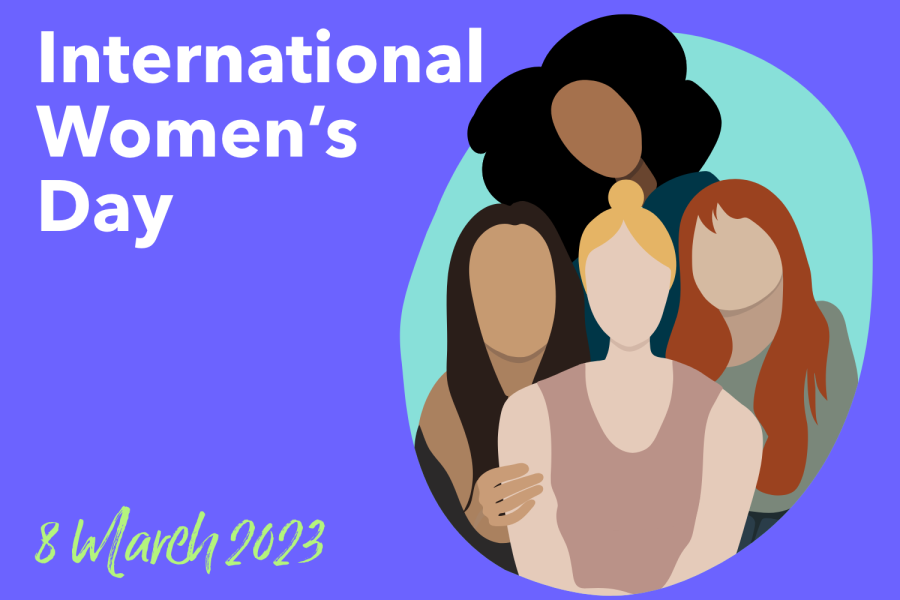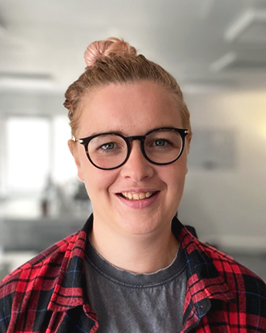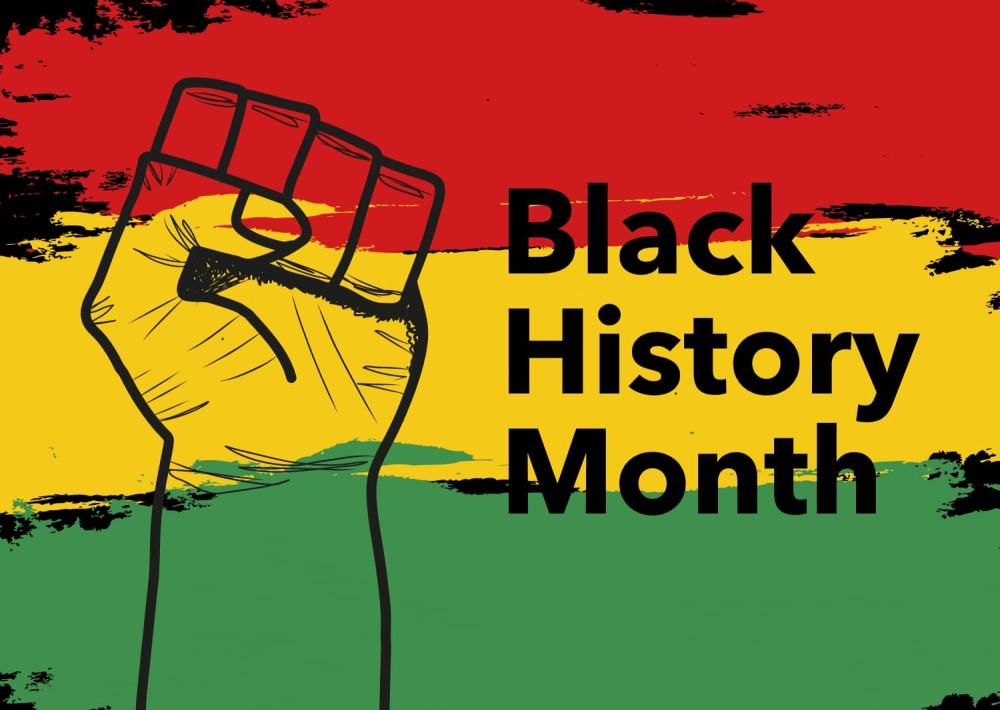Want to work with our team?
Get in touch
In this male-dominated industry, women’s achievements have often been overshadowed by men. In honour of International Women’s Day, we’re celebrating the women who have changed the world through their contributions to technology.
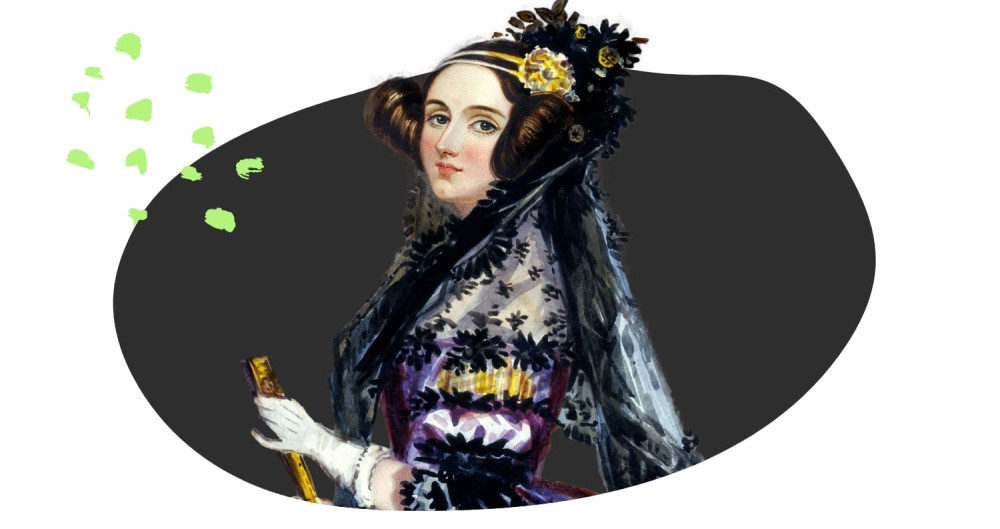
Image source: Ada Lovelace, circa 1840 via Wikimedia Commons
Ada Lovelace (1815–1852)
Ada Lovelace is the most well-known woman on this list and is known as the world’s first computer scientist. This is despite her work being completed before a computer even existed. She worked with Charles Babbage, a mathematician, inventor and mechanical engineer, who invented the Analytical Machine. This machine was the first general-purpose computer, however, it was never made. She created algorithms for this machine detailing how it could perform computations. Her notes were used by Alan Turing, almost a century later, as inspiration for the first modern computer. She has been celebrated and commemorated in numerous ways over the last 50 years, including:
The creation of Ada Lovelace Day - a day to celebrate the achievements of all women in Science, Technology, Engineering and Maths (STEM)
The computer language Ada is named after her
Her illustration, along with Charles Babbage, is in British Passports
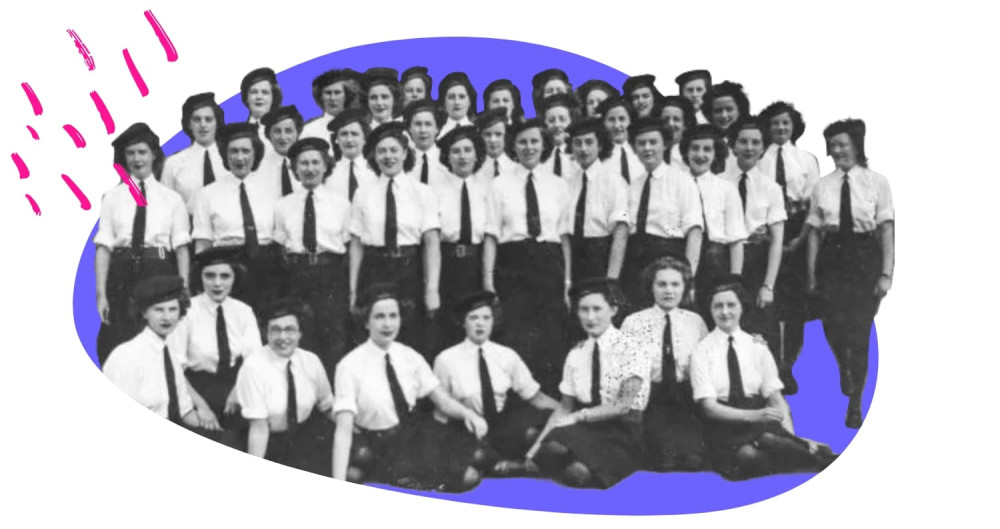
Image source: Geoff Robinson, via the BBC
The Bletchley Park Women
Bletchley Park is infamous for code-breaking during World War 2, with Alan Turing being the most famous codebreaker there. However, 75% of the people that worked at Bletchley Park were women.1 Originally women were recruited for the more monotonous jobs, such as secretarial and admin roles. This was because the men in charge didn’t think women would be able to or would want to operate the code-breaking machines. However, as time went on the women proved themselves more than capable and operated the code-breaking machines. Due to the secretive nature of the work undertaken at Bletchley Park, it wasn’t until the 1970s when documents were declassified that the impact that everyone working there, including women, had on the war and computer science in general.
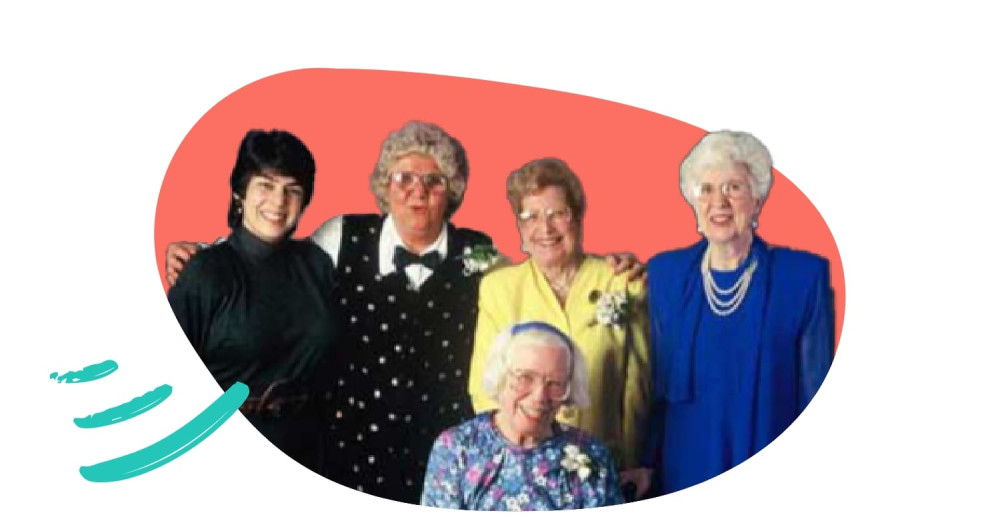
Image source: eniacprogrammers.org
“The ENIAC Girls”
In 1945, the US Army placed an ad in newspapers looking for women to operate the Electronic Numerical Integrator and Computer (ENIAC). It was the first all-electric programmable computer and had been designed to calculate missile trajectories. Much like Bletchley Park the people in charge didn’t have a high opinion of women's intellect or desire to learn so they only hired women as they deemed it an easy job. However, once the women, known as “The ENIAC Girls”, were recruited they had to figure out how to use and programme the machine themselves, using only the blueprints. When the machine was launched it became famous, as did its inventors, however, the six women who programmed it weren’t mentioned. Jean Jennings Bartik, Marlyn Wescoff Meltzer, Ruth Lichterman Teitelbaum, Betty Snyder Holberton, Frances Bilas Spence, and Kay Mauchly Antonelli revolutionised modern-day computer programming, however, they weren’t recognised until 1997 when they were inducted into the Women in Technology International Hall of Fame.2
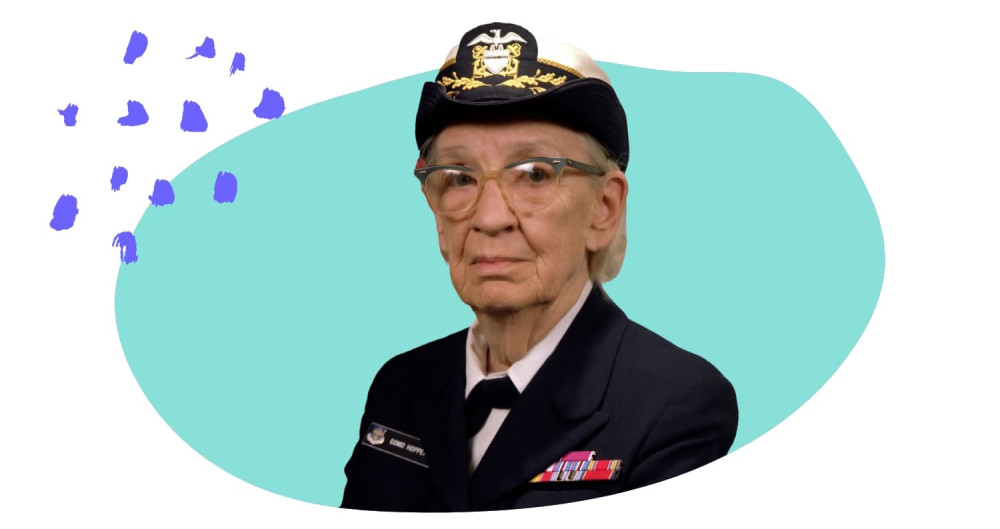
Image source: Photograph from 1984, Wikipedia
Grace Hopper (1906–1992)
During World War 2 Grace Hopper joined the Navy reserves where she worked on the Bureau of Ships Computation Project at Harvard University. This project had her working on the Mark I Computer, the first operating system that could execute long computations automatically.3
However, her biggest contribution to computer science was her creation of COBOL (Common Business Orientated Language). COBOL enabled computers to be programmed using the English language, before this, they were programmed using numbers and calculations. This language is still used in business applications today and changed the way people thought computers could be used.
She has received numerous awards, both for military and scientific achievements. Including:
40 honorary degrees from universities worldwide.4
A yearly conference, the Grace Hopper Celebration of Women in Computing, was started inspired by and named after her. It was set up to bring the research and career interests of women in computing to the forefront5
A Presidental Medal of Freedom awarded by Barack Obama*, for her accomplishments in computer science.5
The Presidential Medal of Freedom award is the highest civilian award of the United States.6
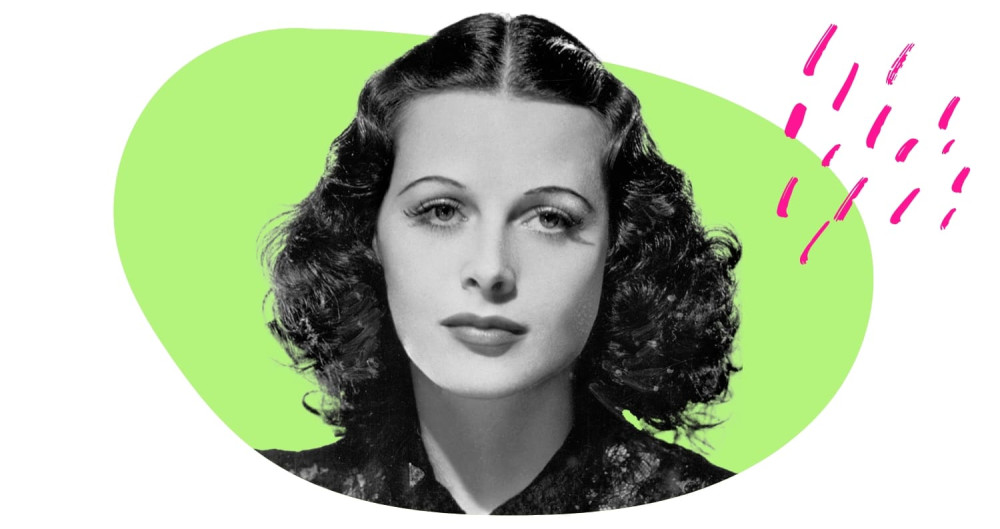
Image source: Hedy Lamarr 1939, Wikipedia
Hedy Lamarr (1914 - 2000)
Hedy Lamarr is interesting as not only was she a self-taught inventor, but she was also a Hollywood film star. Hedy had tinkered with a few other inventions with varying success, however, during WW2 she read about radio-controlled torpedoes and the risk that enemies might be able to jam the radio frequency. At this point, no country was using radio-controlled torpedoes, however, along with her friend George Antheil, she found that by frequency hopping no one would be able to jam the signal as it wouldn’t stay on the one frequency. In 1942 this technology was patented however the US Army thought it was too bulky to incorporate into torpedoes. It wasn’t until the 1960s that they used this technology to guide their torpedoes and make them harder to detect.7 This technology she patented was incorporated into technology we use today such as Bluetooth, GPS and WiFi. She received numerous awards and accolades for both this invention and for her acting. She was the first woman to receive the Invention Convention's BULBIE Gnass Spirit of Achievement Award, known as the "Oscars of inventing". Both, she and Antheil were inducted into the National Inventors Hall of Fame in 2014.8
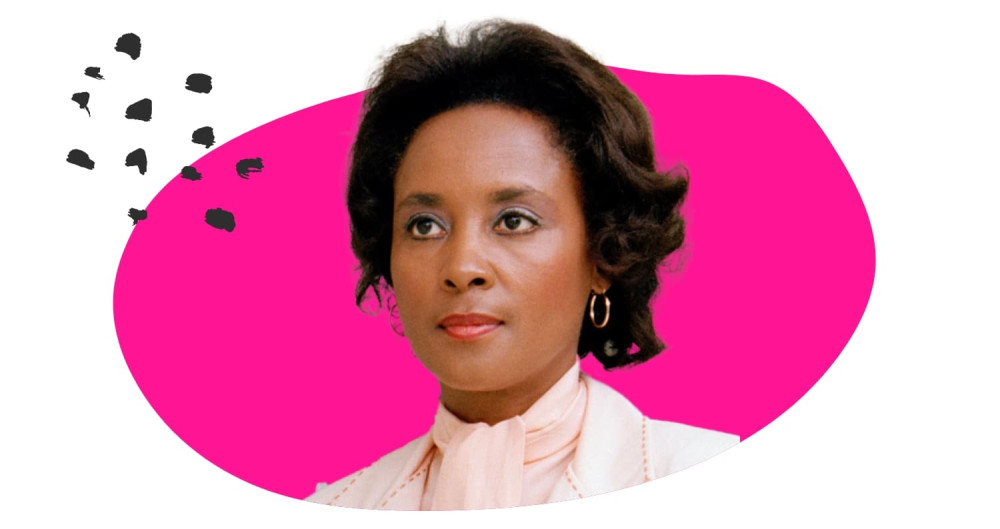
Image source: NASA, 1955, Wikimedia Commons
Annie Easley (1933 – 2011)
Annie Easley not only had to contend with discrimination for being a woman, but for being a black woman. Throughout her career, she was denied financial aid for courses that other employees received, she was paid less than other employees and her face was cut out of promotional photography.9 She didn’t let this stop her though and she became a trailblazer and pioneer at NASA focussing on alternative energy solutions, alongside working on outreach programs and being an equal employment opportunity counsellor. Her work on the Centaur rocket helped future space shuttle launches and her work on alternative energy helped shape the battery technology in early hybrid cars.1
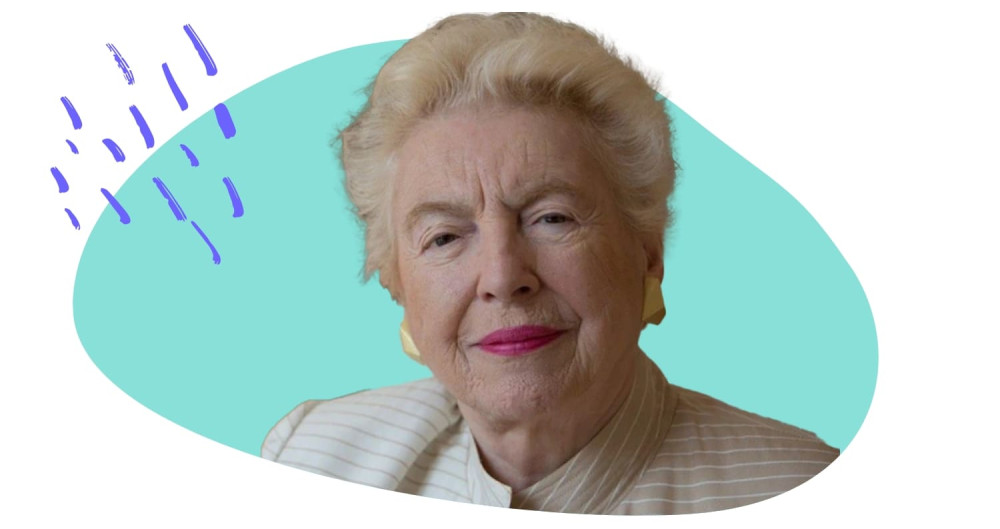
Image source: steveshirley.com
Dame Stephanie “Steve” Shirley (1933 - )
All of the women on this list are truly inspirational but Stephanie Shirley is in a league of her own. Arriving in Britain in 1939, at age 5, as a child refugee from Germany, she went on to become one of Britain's most successful entrepreneurs and businesswomen. She received an OBE, DBE, and in 2017 was appointed a Member of the Order of the Companions of Honour (CH).10
She founded her software company, Freelance Programmers, in 1962, and due to her own experiences of sexism, employed a predominantly female workforce – out of the first 300 members of staff just 3 were male.10 Despite creating a female workforce she still suffered sexism when dealing with clients. To counteract this, she signed her letters as Steve, after not receiving replies when using Stephanie. Her company's biggest achievement was programming the black box on Concorde. Her company went on to employ 8,500 people and was ultimately valued at almost $3 billion.11
Not only was she a fierce advocate for women’s rights, but she was a huge philanthropist and to date has given away almost all of her wealth – close to £70 million – to various charities and projects. The cause closest to her heart is autism and has supported many autism charities and projects, and has addressed autism conferences around the world. This is because her son, who died at the age of 35 from an epileptic seizure, had autism. In her 2012 memoir Let IT Go, regarding her philanthropy, she wrote "I do it because of my personal history; I need to justify the fact that my life was saved".10
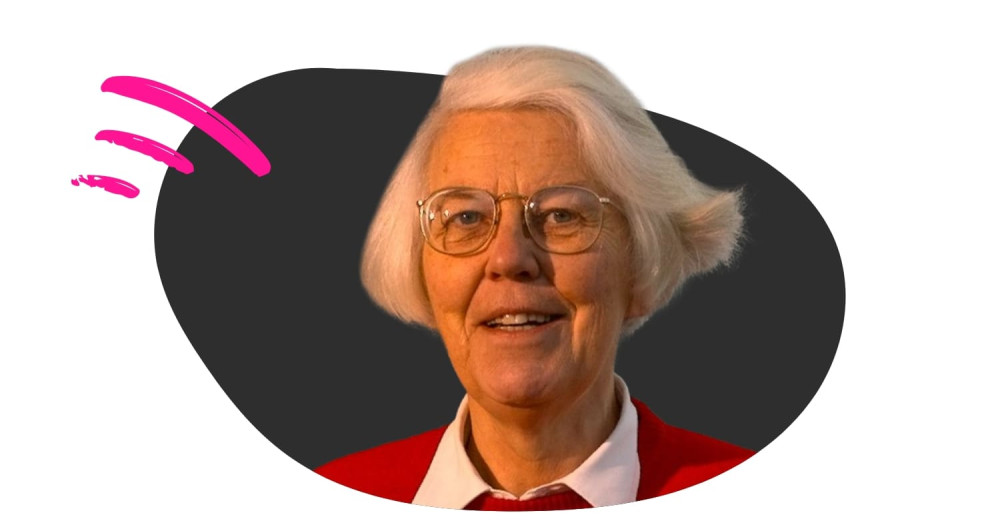
Image source: Karen Spärck Jones in 2002, Wikipedia
Karen Spärck Jones (1935 - 2007)
Karen Spärck Jones was ahead of her time, not only scientifically but also morally. Much like Grace Hopper, Karen was interested in making computers understand human language. She created the concept of inverse document frequency (IDF) by combining statistics with linguistics. IDF is used in the majority of search engines today, including Google. Simply put, it figures out how important a word is in a document and can weight (order) the results accordingly. She also worked on early speech recognition systems and ideas she wrote about 30-40 years ago are only now being put into practice. She also realised the impact that computers could have on society and cautioned engineers to think of the social implications technology and their work may have.12 Throughout her life she published 9 books, and numerous papers, and received numerous awards and honours. An annual Karen Spärck Jones Award and lecture is named in her honour.13
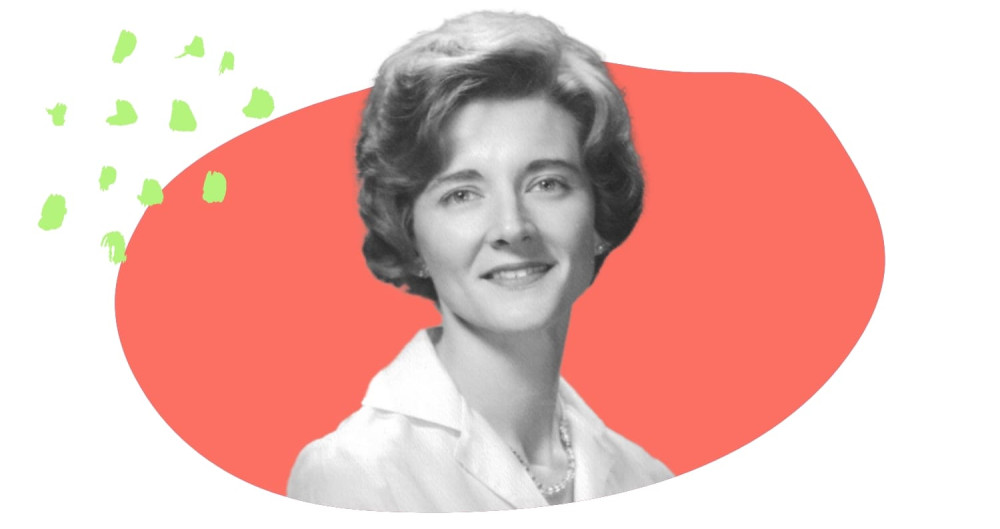
Mary Wilkes (1937 - )
No one gives a second thought to having a computer at home. In fact, I’m currently writing this on my work laptop at home. Yet, someone was the first ever person to use a computer at home and Mary Wilkes was this person. She originally wanted to be a lawyer but due to this having more barriers for women, she decided to become a computer programmer. Her biggest achievement was her software development for the LINC, which is considered the first minicomputer and the precursor to the PC.
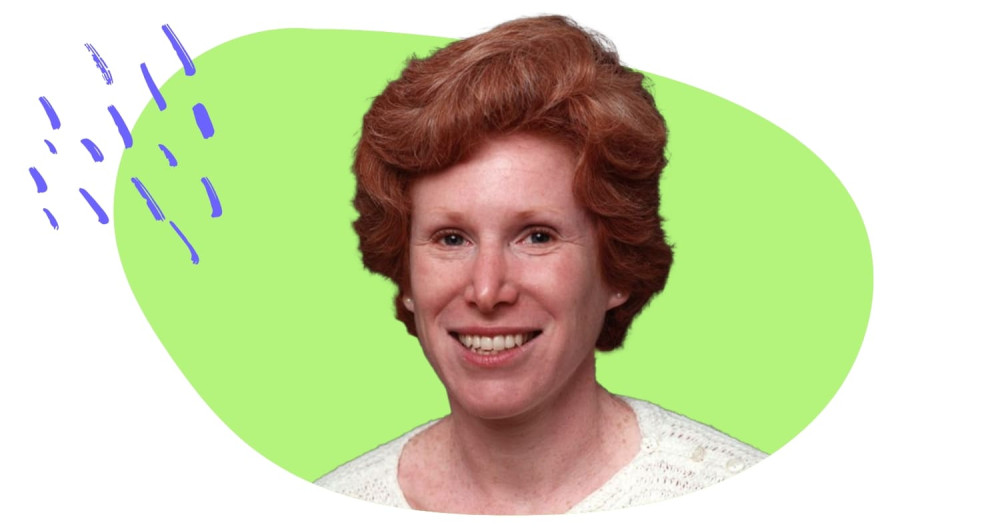
Image source: http://www.computinghistory.org.uk/det/47368/Adele-Goldberg/
Adele Goldberg (1945 - )
Adele Goldberg is a computer scientist known for being part of the team that created Smalltalk-80. Smalltalk-80 is a programming language that was easier and more customisable than other programming languages. She was forced by her superiors to demonstrate it to Steve Jobs, a decision she described as “giving away the kitchen sink”.1 Steve Jobs then went on to use many of the principles she had used in Smalltalk-80 in the first Apple Macintosh. She and her team were also instrumental in the development of GUIs (Graphical User Interfaces). These are the graphical elements that we still interact with today when using computers, such as cursors, icons and buttons. Throughout her career, she has been awarded numerous awards and honours, including:
Fellow of the ACM (Association for Computing Machinery)
PC Magazine’s Lifetime Achievement Award
Women in Technology Hall of Fame
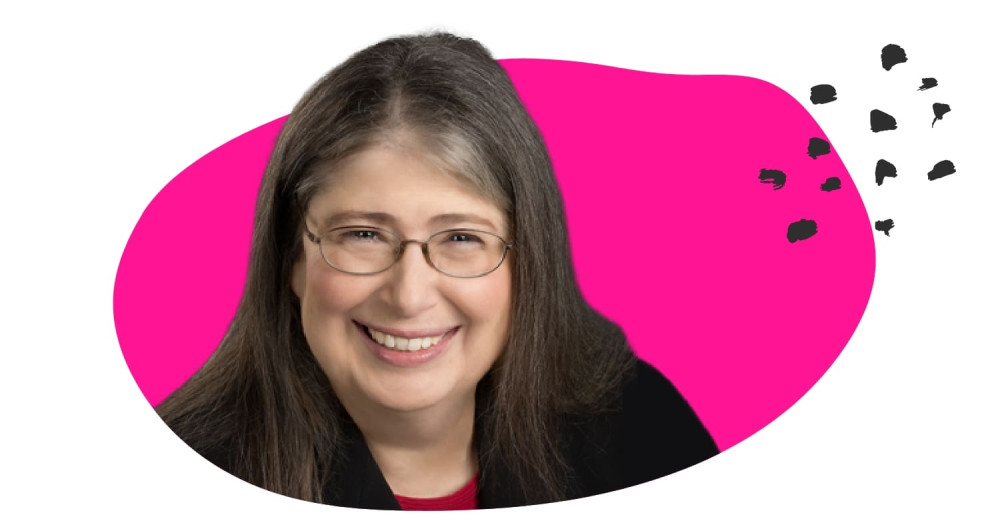
Radia Perlman (1951 - )
Radia Perlman has a rather impressive nickname – Mother of the Internet.14 She gained this name because of her most famous invention of STP (spanning-tree protocol), which made the internet possible. It seems very complicated but in simple terms, it enables the internet and networks to organise data and move the data around. She has contributed a huge amount to computer science and currently holds over 100 patents and has won many prestigious awards.15
Including:
National Inventors Hall of Fame induction
Internet Hall of Fame induction
The majority of these women were born at a time when women were discouraged from having careers or had to choose whether to have a career or a family – you could argue that the latter is still true. However, despite this, they became pioneers in a field that even now is dominated by men. The question is, has this industry improved? From 30-40 years ago it has, but arguably not enough. In the UK, as of 2022, only 26% of tech roles are filled by women16 and the average pay gap is 16%, which is higher than the national average of 11.6%.17
The pay gap is generally so high due to the lack of women in leadership roles. In tech companies, just 5% of leadership roles are held by women.18 Each year these numbers are improving, and companies are actively trying to improve the diversity of their workforce. Since 2017, it’s been mandatory for companies with over 250 employees to publish their gender pay gap. This holds these companies accountable and puts them under scrutiny if they’re shown to have a large pay gap. However, don't forget if you are one of those companies and you tweet about International Women's Day the Gender Pay Gap Bot will retweet your gender pay gap, so make sure you practice what you preach!
There is now more awareness for the need to improve the tech space and this year the United Nations theme for International Women's Day is "DigitALL: Innovation and technology for gender equality." Their website has good resources on what we can do to "make the digital world safer, more inclusive and more equitable"19 for everyone. They're focussing on:
getting more women into STEM education and careers
making the digital world safer and more inclusive for women
how digital technology can help and empower women, girls and other marginalised groups
And, hopefully, by telling these stories and celebrating these amazing women, we can inspire the next generation.
Want to work with our team?
Get in touchReferences
https://www.girlmuseum.org/the-eniac-girls-who-revolutionised-computer-programming/
https://en.wikipedia.org/wiki/Grace_Hopper#Awards_and_honors
https://www.wired.com/2011/08/0811hedy-lamar-george-antheil-torpedo-patent/#:~:text=1942%3A%20Hedy%20Lamarr%2C%20once%20described,to%20detect%20in%20the%20water.
https://www.nytimes.com/2019/01/02/obituaries/karen-sparck-jones-overlooked.html
https://technation.io/diversity-and-inclusion-in-uk-tech/#key-statistics
https://www.unwomen.org/en/news-stories/in-focus/2023/03/in-focus-international-womens-day
